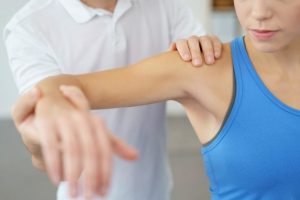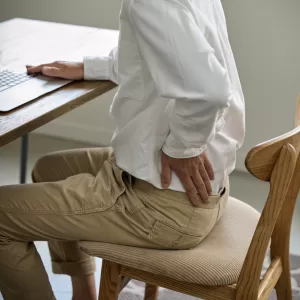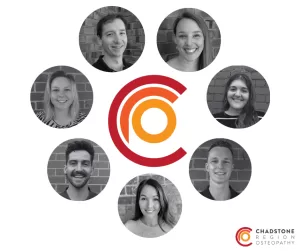Pain and Suffering – they go hand in hand, right?
I was pondering something that two very clever colleagues of mine had been discussing (Lissanthea Taylor and Prof Jess Lionne – Lissanthea is a pain guru and someone who I have the absolute pleasure doing some work for and learning from, and can be found on twitter here: @Lissanthea)
Pain can range from annoying to debilitating, and has the potential to interfere with most, if not all, facets of our life.
For instance, when you last injured yourself – did you take time off work? Cancel social plans? Perhaps you skipped your gym class for a week or two, or needed to get others to help care for your children.
Maybe you started to notice yourself feeling flat, tired or grumpy. Maybe you started to worry about the financial consequences of taking time off work.
The longer this cycle continues, the more the pain interferes, and the further away we drift from the important things in our life.
Pain has tentacles that run deep – depending on the type of pain, the ramifications of the injury, the severity of the experience.
As a general rule, the suffering we experience due to being in pain isn’t just associated with the experience of pain. We suffer because of the meaning behind the pain – we can’t act in the way we want to or are used to. We often can’t work the way we want or need to, can’t socialise the way we want to, can’t parent the way we want to and can’t exist in the world the way we want to.
This looks different for everyone. A new parent unable to pick up their child may experience feelings of shame. A contracted tradesperson unable to work may experience financial stress and anxiety. Many of us will experience feelings of isolation due to social withdrawal and missing out on interactions with others.
The common theme is that our suffering and our distress is as much to do with the emotions and circumstances surrounding the pain as it is the experience of pain.
The overwhelming consensus of modern pain science is that “waiting for the pain to get better” in order to get back to doing things that are important or enjoyable is not correct advice and may even worsen pain states.
In almost all circumstances, returning to important activities (work/hobbies/leisure) early in the recovery period will optimise and improve recovery rates and time frames. This may require modifications to activities as you recover, but over time, this approach allows for a gradual return to full function (whether that be at work, in sport or in social lives).
Returning to meaningful or enjoyable activities, even with modifications, also allows us to temper the difficult feelings associated with being in pain. We can choose to act in a way that assists us to separate some of the suffering from the pain.
An example of this may be:
I’m in pain and can’t sit for longer than 10 minutes. I’m going to cancel plans with my friend for lunch because I won’t be able to tolerate it.
Consequence: Feelings of isolation, loneliness and disappointment PLUS experience of back pain.
An example with modified activity:
I’m in pain and can’t sit for longer than 10 minutes. I’m going to ask my friend if she would mind having a slow walk around the park with me instead, I think I could tolerate that for 30 minutes.
Consequence: Pain severity perhaps unchanged, but feel glad to have seen friend and had a social interaction. Maybe there was also a really pleasant breeze and sunshine on my face!
A lot of the motivation and confidence needed to start “dipping your toes” into attempting to return to activity centre around understanding your pain. Will you worsen your injury by moving? Is it safe to gently exercise or return to work?
Whilst every injury or pain state is different, the evidence states that gentle activity is a cornerstone of a good recovery plan.
If you would like to understand your pain more and seek advice on getting back to the things you love – call the clinic to discuss. I’d be more than happy to help!
Sending big hugs to all our Melbourne patients – there’s light emerging through the crack at the end of the tunnel!
Claire Richardson
Advanced Practice Pain Management Osteopath





